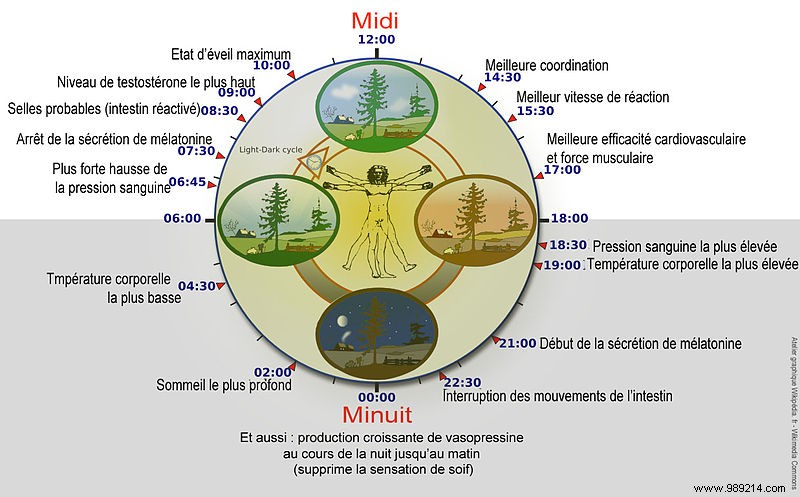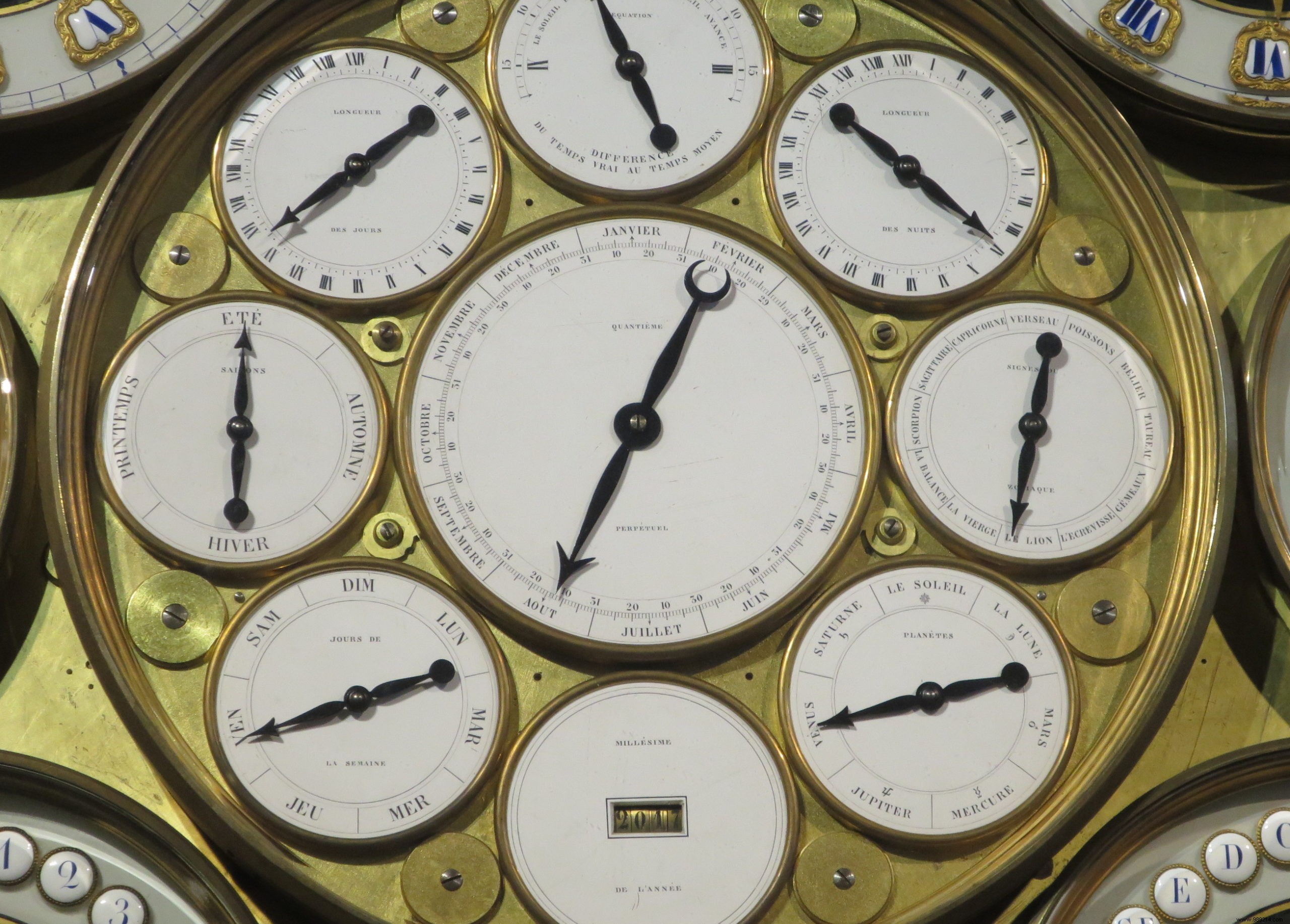In the early 1960s, French geologist Michel Siffre conducted an extraordinary experiment. The goal ? To prove that there is an internal clock in humans, imposing a 24-hour rhythm on their organism.
The circadian clock puts our body on a 24-hour cycle . It regulates a wide variety of functions such as body temperature, blood pressure, hormone production, heart rate and especially the sleep/wake system. It also plays a role in our cognitive abilities, our mood and even our memory.
Virtually all biological functions are subject to this rhythm. For example, the circadian clock causes melatonin secretion to begin at the end of the day for deeper sleep at night. Body temperature is lower in the early morning and higher during the day, and bowel contractions decrease at night. Arousal is at its peak from mid-morning until late afternoon and reinforces during sleep.

In the early 1960s, the case caused a stir:Michel Siffre, young French geologist 23 years old is extracted by speleologists from the Scarasson chasm, in the Marguareis massif (Ligurian Alps). In tears and completely exhausted, the person concerned has just carried out a scientific experiment that is out of the ordinary. This will provide crucial information in a still little explored field:chronobiology.
On July 17, 1962, Michel Siffre entered the abyss with no time markers. It therefore does not carry any watch or radio. After three hours of descent, the scientist pitches his tent at a depth of about 100 meters where the temperature is 3°C and the humidity is 98%. It is therefore very cold, very humid, but also very dark. Michel Siffre will stay theretwo full months before seeing the light of day again.
For the geologist, these conditions are, according to him, ideal in order to study physiological reactions and obviously the evolution of the sleep-wake rhythm in the absence of any landmark temporal . However, man still has a single means of communication with the outside world, namely a telephone line, which he will use in particular to provide information on the start and end of each of his sleep cycles and taken meals.

During these two months, freezing humidity was Michel Siffre's main enemy. The latter invades everything:his tent, his sleeping bag, his clothes and his groundsheet. Quickly, the geologist enters a state of semi-hibernation . He then loses all notion of the alternation of days and nights. The team following the progress of his experiment then understands that the biological rhythm of the researcher is undergoing a shift. Indeed, the person concerned goes to bed and wakes up a little later each day. Eventually, its rhythm reversed to that of the surface.
Michel Siffre is also plagued by memory alterations . He usually has trouble remembering what he ate during the day and his team was surprised to see him play a Luis Mariano record ten times in a row! Moreover, when it was released on September 14, 1962, Michel Siffre thought it was August 20. Thus, the time that the geologist perceived inside took place practically half as fast.
This extreme experiment gave rise to an important and above all universal discovery. Regardless of his waking and sleeping times, the researcher woke up every 24.5 hours , showing the existence of a circadian clock in humans. Indeed, this vital rhythm is always there, even in the absence of temporal markers. Finally, Michel Siffre will perform two other similar experiments in 1972, the last of which in 1999 at the age of 60.